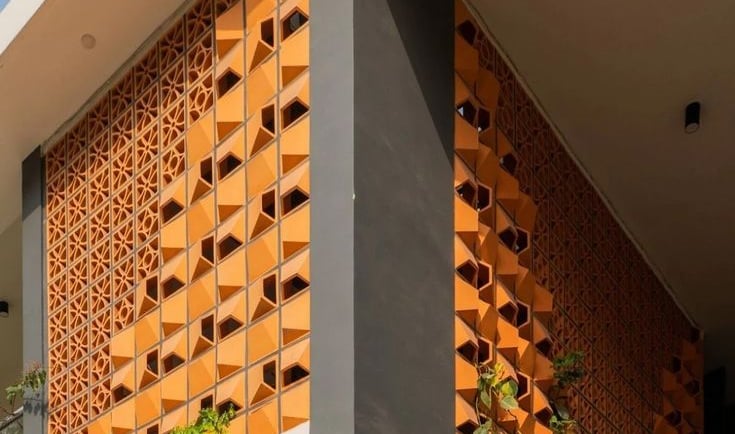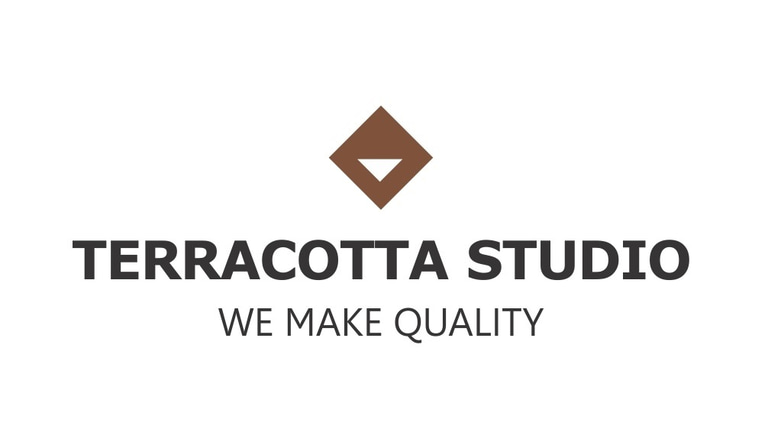Exploring the Benefits of Terracotta Jaali: An In-Depth Comparison
11/4/20242 min read


What is Terracotta Jaali?
Terracotta jaali refers to intricately designed screens made from terracotta clay. Rooted in traditional architecture, these elements serve both aesthetic and functional purposes. With their unique designs and natural properties, terracotta jaalis are increasingly becoming a popular choice for modern constructions.
Benefits of Terracotta Jaali
The significance of using terracotta jaali in building designs lies in its numerous benefits. Firstly, these screens provide exceptional ventilation and light control while reducing direct sun exposure. This makes them an energy-efficient alternative, enhancing indoor comfort and reducing reliance on artificial cooling systems.
Moreover, the porous nature of terracotta allows for natural air circulation, which can significantly improve indoor air quality. This is a typical feature missing in glass and metallic frames, where air stagnation may become an issue. Terracotta jaalis can effectively reduce heat accumulation, ensuring that living spaces remain cooler even during peak summer.
Strength and Durability in Comparison
In terms of strength and durability, terracotta jaalis offer advantages that can surpass glass and metal framing. While glass may break easily upon impact and metal can corrode or become vulnerable over time, terracotta is known for its robustness. Terracotta jaalis can withstand high temperatures and resist environmental wear, thus providing longevity in construction.
Furthermore, the natural clay material is less likely to incur damage from extreme weather conditions. This adds to the reliability of terracotta as a long-lasting choice for both residential and commercial projects. In contrast, glass may require regular maintenance to address scratches and degrading seals, while metal may necessitate protective coatings to prevent rust.
Cost Comparison and Long-term Investment
When evaluating the cost of terracotta jaali systems against glass and metal alternatives, terracotta often emerges as a more economical option in the long run. Although the initial installation costs of sophisticated glass panels can be higher, the recurring expenses associated with maintenance and energy bills can accumulate over time.
Terracotta jaalis, while potentially less expensive up front, also provide energy savings through their thermal efficiency. This translates into lower energy bills as a result of reduced reliance on air conditioning systems. Therefore, considering both the initial cost and long-term benefits, investing in terracotta jaali can lead to substantial financial savings in the future.
In conclusion, the use of terracotta jaali not only adds an artistic touch to spaces but also offers exceptional benefits in terms of ventilation, durability, and cost-efficiency. By taking into account these factors, architects and builders can make informed choices that harmonize tradition with modern needs.
